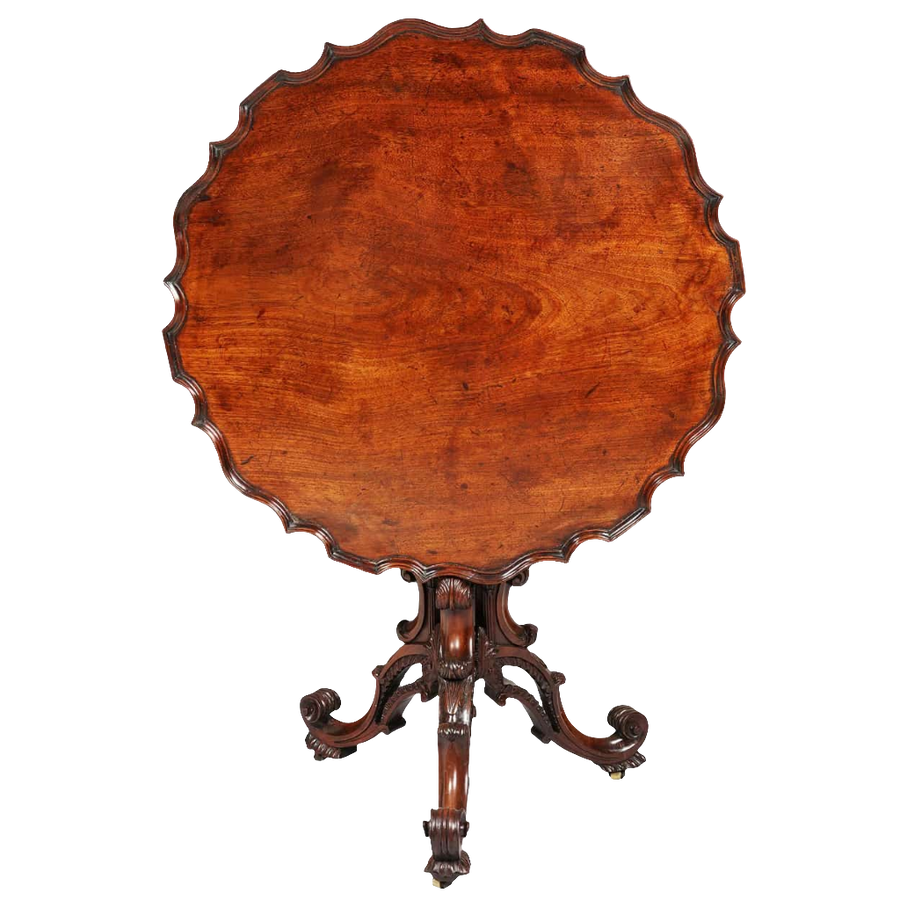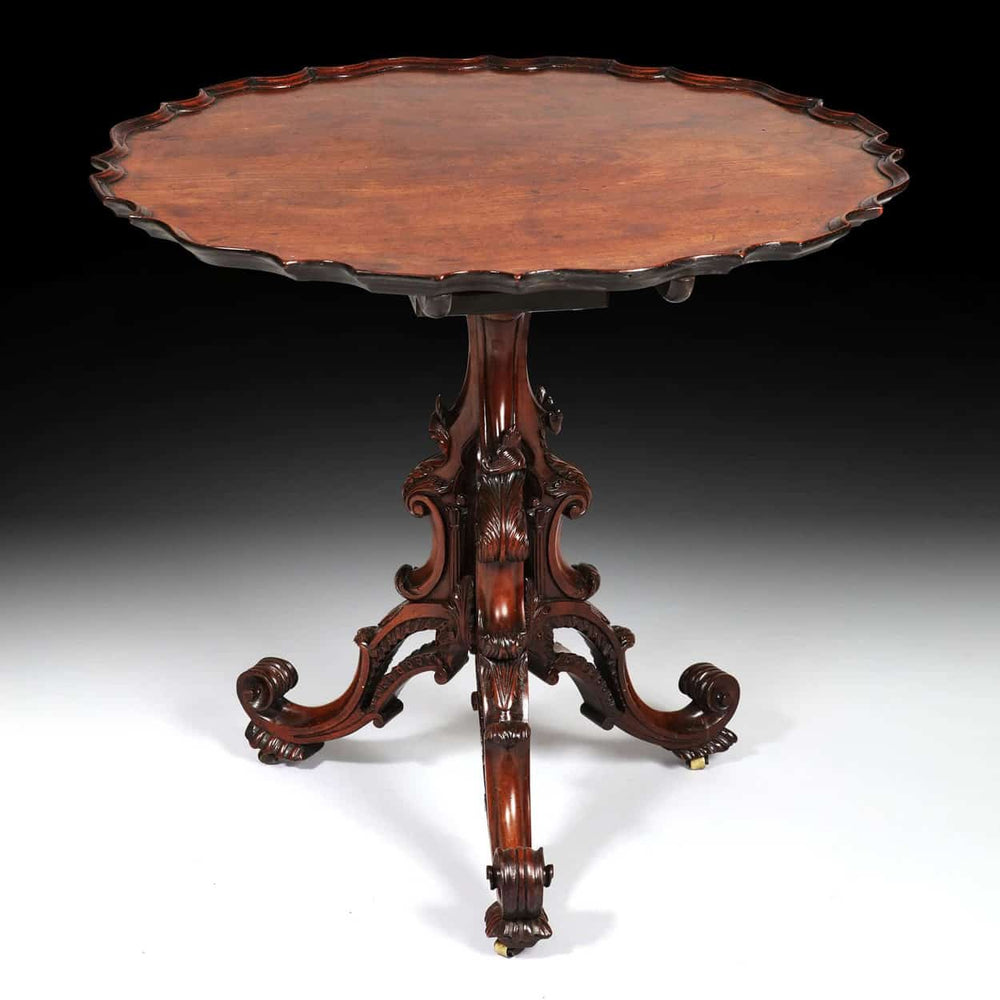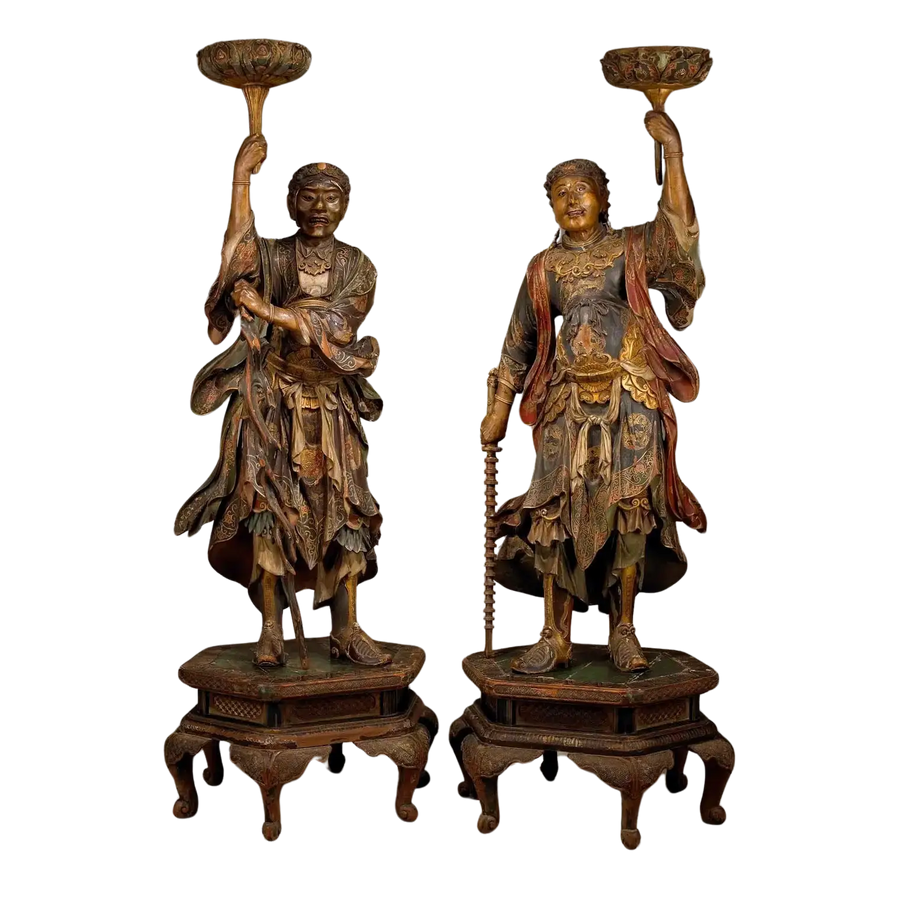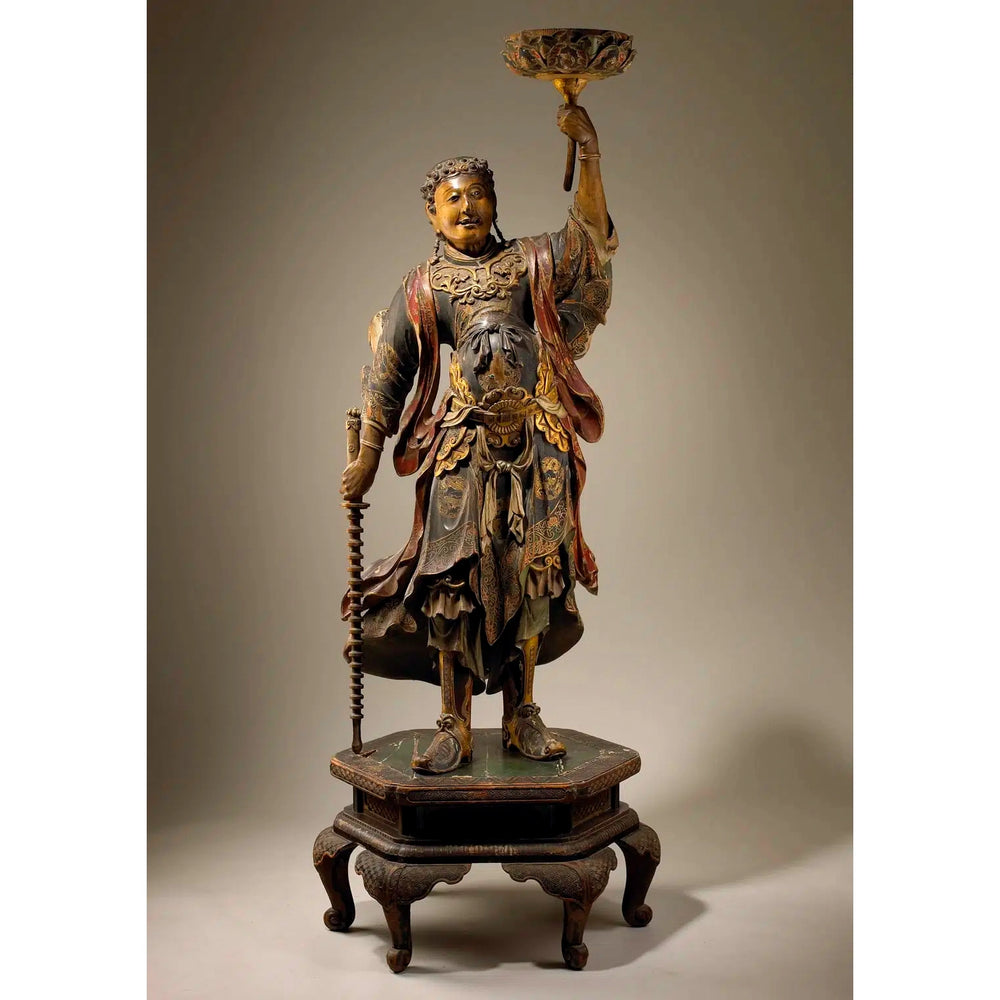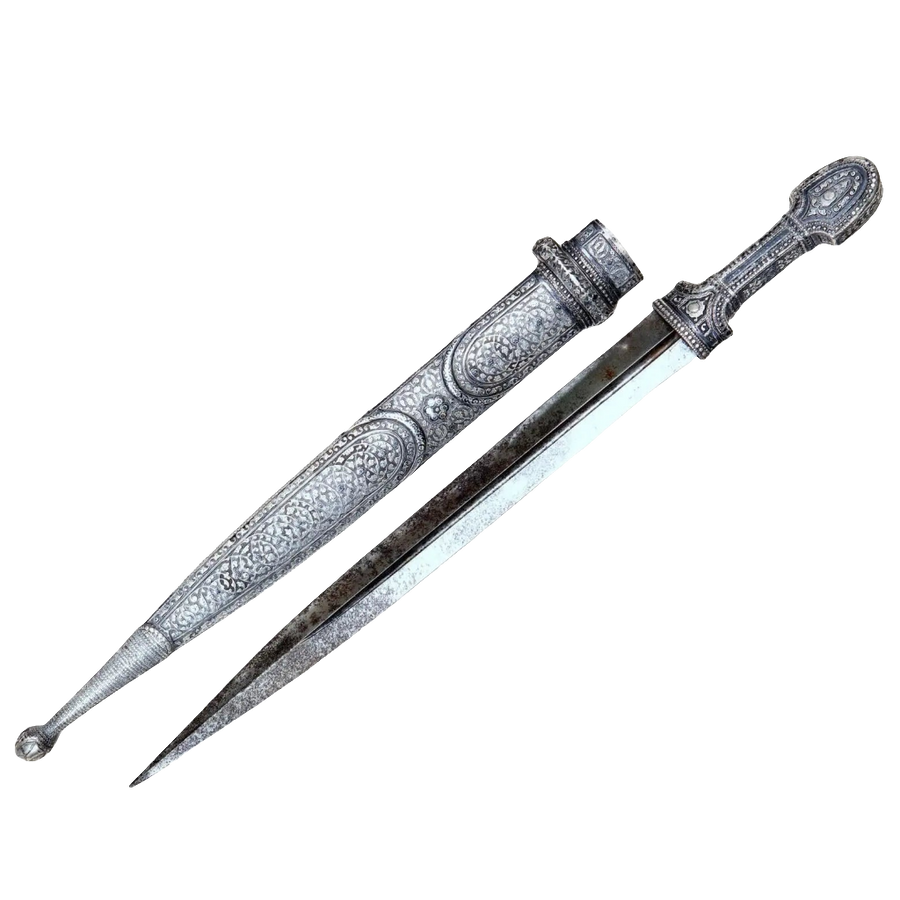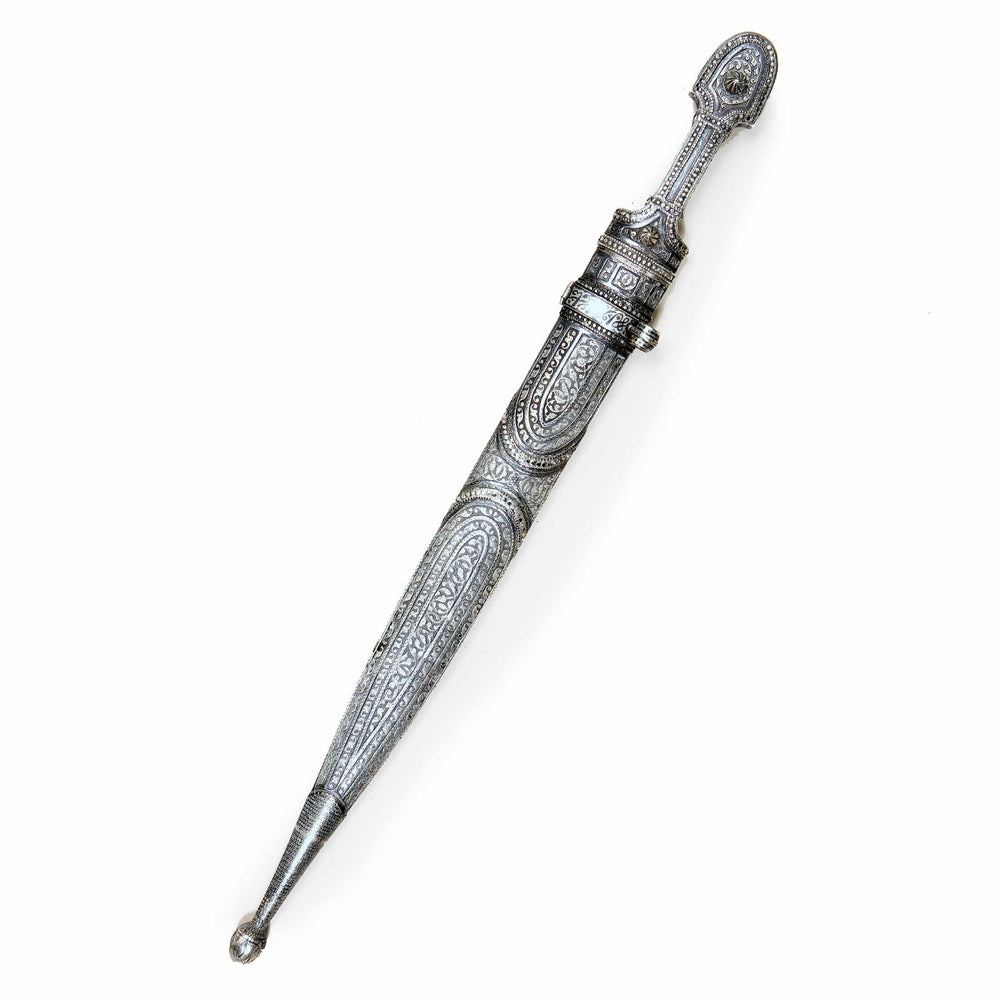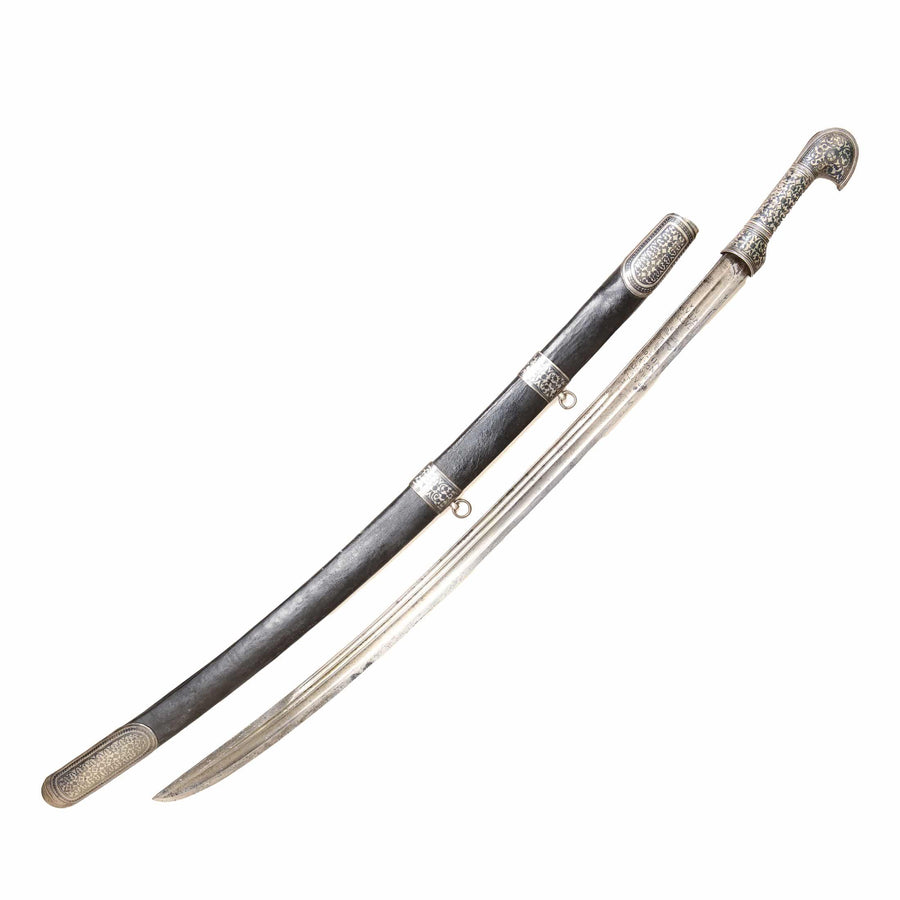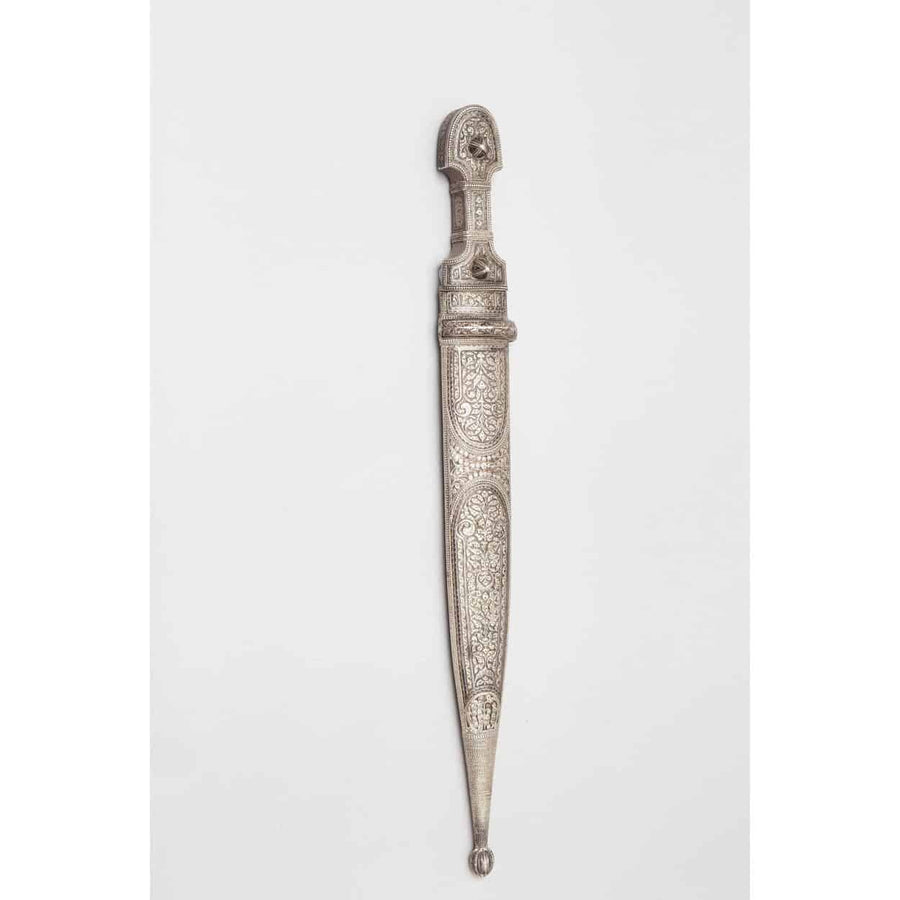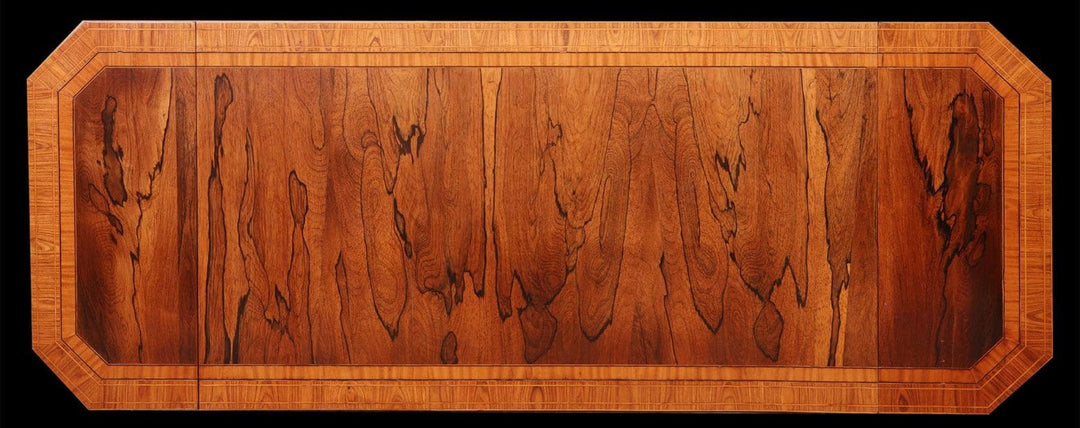The Caucasus region—spanning modern-day Georgia, Armenia, Azerbaijan, and parts of southern Russia—was a major centre of decorative arms and armour in the 18th and 19th centuries. Positioned between powerful empires and enriched by diverse cultural traditions, it produced weapons renowned for both function and artistry.
Mastery in Arms and Armour
Caucasian craftsmen were celebrated for creating elegant yet lethal edge weapons—including daggers, sabres, and swords—featuring fine steel, intricate engravings, silver inlay, niello work, and decorative motifs rooted in local folklore.
Cultural Symbolism
Weapons were more than tools of war; they were markers of status, identity, and heritage. Often worn as part of traditional dress or gifted in ceremonial contexts, they reflected social rank and regional pride.
Influence and Trade
Caucasian arms were widely traded across Europe, the Ottoman Empire, Persia, and Russia, prized for their exotic forms and craftsmanship. They became desirable collector’s items and symbols of refinement.
Artistic Crossroads
Located at the intersection of cultures, the Caucasus absorbed and reinterpreted influences from surrounding powers. This resulted in a distinctive visual language blending Persian elegance, Ottoman ornament, and Russian formality.
The Caucasus region—spanning modern-day Georgia, Armenia, Azerbaijan, and parts of southern Russia—was a major centre of decorative arms and armour in the 18th and 19th centuries. Positioned between powerful empires and enriched by diverse cultural traditions, it produced weapons renowned for both function and artistry.
Mastery in Arms and Armour
Caucasian craftsmen were celebrated for creating elegant yet lethal edge weapons—including daggers, sabres, and swords—featuring fine steel, intricate engravings, silver inlay, niello work, and decorative motifs rooted in local folklore.
Cultural Symbolism
Weapons were more than tools of war; they were markers of status, identity, and heritage. Often worn as part of traditional dress or gifted in ceremonial contexts, they reflected social rank and regional pride.
Influence and Trade
Caucasian arms were widely traded across Europe, the Ottoman Empire, Persia, and Russia, prized for their exotic forms and craftsmanship. They became desirable collector’s items and symbols of refinement.
Artistic Crossroads
Located at the intersection of cultures, the Caucasus absorbed and reinterpreted influences from surrounding powers. This resulted in a distinctive visual language blending Persian elegance, Ottoman ornament, and Russian formality.
Read More





